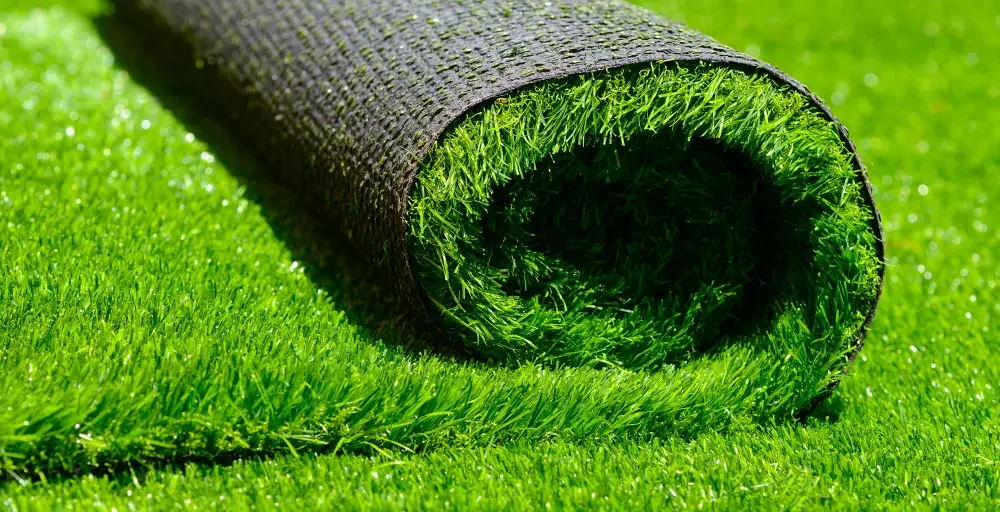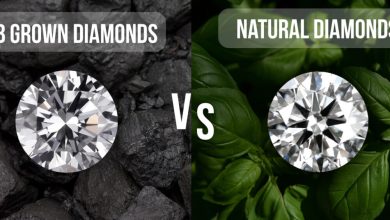Pave the Way: Distributing Quality Synthetic Grass and Rubber Surfaces

The demand for high-quality, durable, and aesthetically pleasing outdoor surfaces is rising. From residential lawns to commercial sports facilities, synthetic grass and rubber surfaces are integral to modern landscaping and infrastructure. These materials not only provide practical benefits but also contribute to sustainability efforts. Here’s a deeper look at synthetic grass and rubber surfaces, exploring their benefits, installation nuances, and maintenance tips.
Why Choose Synthetic?
Synthetic grass, once primarily seen in sports arenas, has found a broader application across various sectors due to its versatility and durability. One of the main appeals of synthetic grass is its low maintenance compared to natural grass. It doesn’t need watering, mowing, or pesticide treatments, making it an environmentally friendly and cost-effective option.
Conversely, rubber surfaces are lauded for their safety features. Commonly used in playgrounds, gyms, and other sports facilities, rubber flooring reduces the risk of injuries and provides excellent shock absorption and traction.
Environmental and Economic Benefits
Both synthetic grass and rubber surfaces are known for their sustainable benefits. Synthetic grass significantly reduces water usage, a crucial factor in drought-prone areas. Rubber surfaces are often made from recycled materials, like old tyres, which helps reduce waste in landfills. Economically, the initial investment in these materials might be higher, but the long-term savings on maintenance and water bills make them a cost-effective choice.
Installation Insights
Choosing the Right Material
The selection process for synthetic grass or rubber surfaces should be tailored to the area’s needs. Softer and more natural-looking synthetic grass might be preferable for residential properties, while more durable varieties that can withstand heavy use might be required for sports facilities.
Regarding rubber surfaces, thickness and density should be considered based on the level of activity expected. Thicker surfaces are better for areas with high-impact activities, providing greater cushioning and durability.
Professional Installation vs. DIY
While DIY kits are available, professional installation of synthetic grass and rubber surfaces is recommended to ensure longevity and performance. Professionals can adequately prepare the base, provide drainage, and securely install the surface. This reduces the risk of uneven surfaces, poor water drainage, and other issues that might arise from improper installation.
Maintenance Matters
Easy Care and Longevity
One of synthetic grass’s most significant advantages is its ease of maintenance. Regular brushing to keep the blades upright and occasional rinsing to remove dust and debris are usually sufficient to keep it looking fresh. For rubber surfaces, basic cleaning involves sweeping and occasional washing with mild detergents.
Repair and Sustainability
Synthetic grass and rubber surfaces occasionally suffer from wear and tear despite their durability. However, they are generally easier to repair than natural alternatives. Patches of artificial grass can be replaced individually without impacting the entire area. Similarly, damaged sections of rubber surfaces can be cut out and refilled without requiring a complete overhaul.
The Market and Future Trends
Local Excellence
Best Artificial Grass in Sydney, the synthetic surface industry has localized centres of excellence, with Sydney being notable for its high-quality artificial grass products. Local manufacturers and installers are known for their expertise, which is crucial in environments like Sydney’s, where the aesthetic needs to match the performance due to the city’s vibrant outdoor culture and demanding weather conditions.
Innovations and Developments
The future of synthetic surfaces appears exceptionally promising, bolstered by continuous innovations and an increasing commitment to eco-friendliness. Eco-friendly materials are becoming more prevalent, reducing the environmental impact of production and disposal. Concurrently, the performance of synthetic products is advancing, now closely mimicking their natural counterparts in both look and feel. Additionally, significant advancements in UV resistance and enhanced drainage technology make these surfaces more durable and highly adaptable, ensuring they perform optimally in various climates and for multiple uses. These improvements are expanding the practical applications of synthetic grass and rubber surfaces, solidifying their role in sustainable development and modern landscaping.
Conclusion
The distribution of quality synthetic grass and rubber surfaces is paving the way for a revolution in landscaping and sports facility management. These materials offer a blend of aesthetic appeal, environmental sustainability, economic benefits, and user safety that traditional materials need to match. As technology advances, the potential for these surfaces to further integrate into various aspects of our lives seems not only possible but inevitable. With the right approach to installation and maintenance, they offer a practical solution for modern needs.





